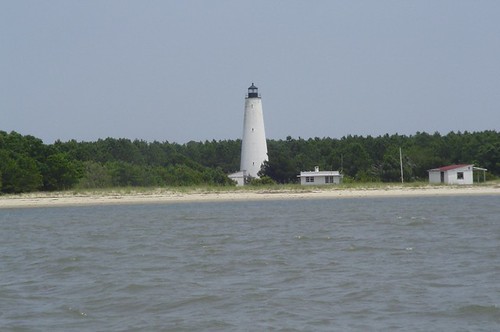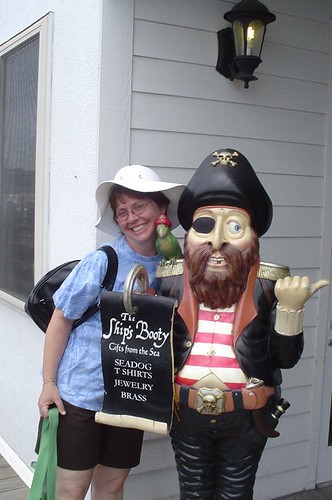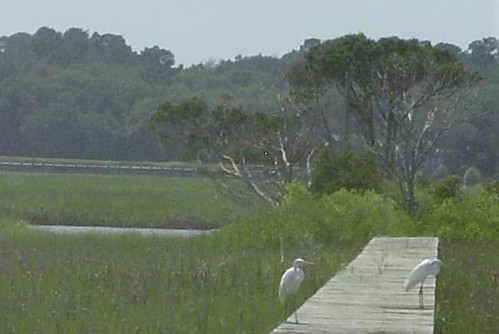A philosophy of education should include discussion of several basic components. Central issues should include the purpose of education, the nature of the curriculum, the place of students, and the role of teachers.
 Education in America has no purpose - at least no one, singular, canonical purpose. The purposes of education are multiple and interwoven. Those purposes change with age, environment, and the peculiarities of individual students so that even within a specific classroom the primary purpose of schooling for this child may be one thing and the primary purpose for that child may be yet another. In the case of any given child, the parents' purposes for sending the child to school may differ significantly from the purposes of the educational agency requiring the child's presence. And in as much as the provision of educational services is a joint venture that usually involves at least three different government agencies (a local city or county, a state, and the federal government) the purposes of the various agencies taking part in this partnership may vary significantly, or even be at odds.
Education in America has no purpose - at least no one, singular, canonical purpose. The purposes of education are multiple and interwoven. Those purposes change with age, environment, and the peculiarities of individual students so that even within a specific classroom the primary purpose of schooling for this child may be one thing and the primary purpose for that child may be yet another. In the case of any given child, the parents' purposes for sending the child to school may differ significantly from the purposes of the educational agency requiring the child's presence. And in as much as the provision of educational services is a joint venture that usually involves at least three different government agencies (a local city or county, a state, and the federal government) the purposes of the various agencies taking part in this partnership may vary significantly, or even be at odds.For all parties involved, the purposes of education change significantly with time. Kindergarten has a unique set of priorities for everyone engaged in the educational process. The nature of those priorities change significantly by middle school, are additionally altered in high school, and are further renovated in the college setting.
I am not avoiding the question. I am simply acknowledging its complexity - and the ambiguity of the semantics involved. "What is the purpose of education?" The answer depends on who you are, and on whether you're providing it or receiving it. And that is what the answer should depend upon. Because somewhere high on the list of the many and various purposes education serves in our society, the preservation of pluralism, the equipping of those who are somehow different in our society to maintain their membership in it nonetheless, holds a now prominent (and hopefully permanent) spot.
My view of the purpose of education (now, at the age of 47, with three degrees and 100 some odd graduate hours already under my belt) is mercenary: I continue to participate in education as a student for economic reasons. I'm paying through the nose for out-of-state tuition because doing so keeps me my job. That's not very philosophical; nor is it a complete picture. I have three degrees and 100+ graduate hours because I like going to school. And if I came into some large and unexpected inheritance this week (or won the lottery), my new financial security would probably only result in a change of major, not in a change in my status as a student. In the meantime, I am compelled to pursue professional development goals; I would prefer to have the time and resources to use education as tool in the hunt for self-actualization.
If the question were put, though, to me with the idea of determining why I want my children (ages both now adults) to continue as students in some educational setting my answer would be somewhat different. I see college (preferably at a liberal arts-oriented institution) as the logical place in our society for them to obtain skills (some cognitive, some technical) that will improve significantly their vocational prospects and the general quality of their lives (by which I mean their ability to understand the news and appreciate Steinbeck).
In both of these cases my answer to the question differs significantly from my answer when the question is rephrased more abstractly, more globally. If the question is phrased in such a way as to ask why I think that educational services (schooling) should be provided universally in my society at my expense (through tax dollars), I'd say that I am not particularly concerned with my next door neighbor's self-actualization. And while I think in terms of maximizing benefits from education for my own children, I understand that not everyone shares my values in this regard. Instead, I would say that school should be a universally available service in our society and that participation in it should be mandatory because it provides a huge number of safeguards (for lack of a better term) within our society.
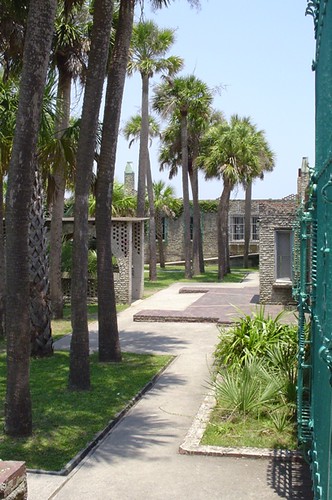
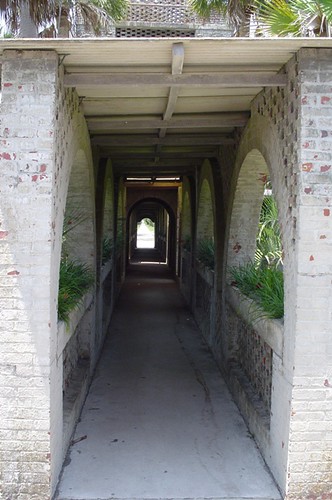
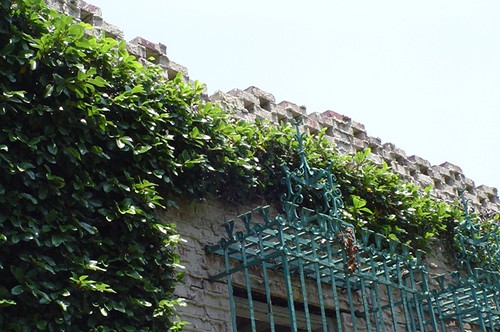
 In Islam there are four main moral categories:
In Islam there are four main moral categories: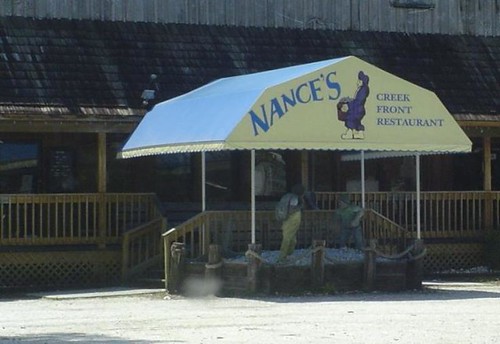 From our house it is 18 miles to an Applebees. A Bob Evans sits beside that Applebees. There is a Shoney's 26 miles from our house. And if we drive 35 miles to Princeton, WV, there's a Cracker Barrel, a new Chilis, another Applebees, another Bob Evans, an Outback, and another Shoneys. The nearest Red Lobster or Ruby Tuesday's? That's 67 miles. The nearest Olive Garden or TGI Fridays? They're about 125 miles from us, in Charleston, WV. heck, it's 55 miles to a danged Waffle House from where we live...
From our house it is 18 miles to an Applebees. A Bob Evans sits beside that Applebees. There is a Shoney's 26 miles from our house. And if we drive 35 miles to Princeton, WV, there's a Cracker Barrel, a new Chilis, another Applebees, another Bob Evans, an Outback, and another Shoneys. The nearest Red Lobster or Ruby Tuesday's? That's 67 miles. The nearest Olive Garden or TGI Fridays? They're about 125 miles from us, in Charleston, WV. heck, it's 55 miles to a danged Waffle House from where we live...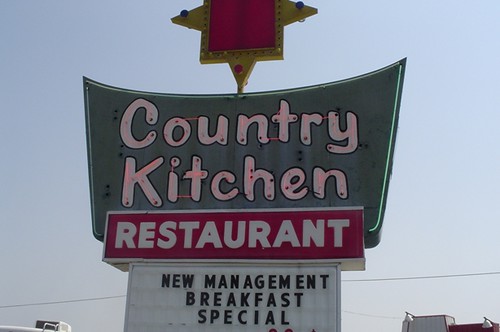 Breakfast buffets are different. It's hard to screw up bacon or scramble eggs wrong. Our best breakfast was at
Breakfast buffets are different. It's hard to screw up bacon or scramble eggs wrong. Our best breakfast was at 